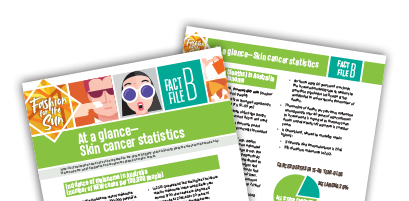
Skin cancer in Australia
Key points
Accessed 24 November 2018 from http://www.cancer.org.au/about-cancer/types-of-cancer/skin-cancer.html)
At a glance—Skin cancer
About skin cancer
What it is
Skin cancer is a disease of the body’s skin cells. It is usually caused by the sun’s ultraviolet radiation damaging the skin cells. When the skin cells die or are damaged, more skin cells are produced to replace them. Sometimes, this regrowth becomes disordered and cells multiply and form a tumour (or growth). The tumour can continue to grow and destroy healthy cells.
The impact of the sun’s rays
Each time the skin is exposed to ultraviolet radiation (UVR) from the sun, changes take place in the structure and function of the skin cells. Over time, the skin cells can become permanently damaged. This damage gets worse with each exposure to ultraviolet radiation and increases the risk of skin cancer when new skin cells are produced to replace the damaged ones.
How it spreads
Cancer cells can break off from the tumour and can be carried to other parts of the body by the bloodstream or lymphatic system. These cancer cells can then multiply and form other tumours in other parts of the body, including the brain, liver and lungs.
People most at risk
All skin types can be damaged by exposure to ultraviolet radiation. Excessive exposure in the first 20 years of life is very dangerous. While some people such as naturally dark (or olive) skinned people have skin types that are less likely to burn, they are still at risk of developing skin cancer. However, the risk is lower. Dark-skinned people still get skin cancer, but their skin cancers may develop in unusual places, for example under their fingernails or on the soles of their feet.
Skin cancer sites
Skin cancers can occur anywhere on the body, but are usually found on those parts of the body that are regularly exposed to the sun:
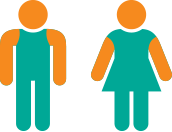


Note that melanomas are not confined to these sites. Skin cancers can occur anywhere, but they are rarely found on areas of skin that are always shielded from the sun.
Types of skin cancer
There are three main types of skin cancer:
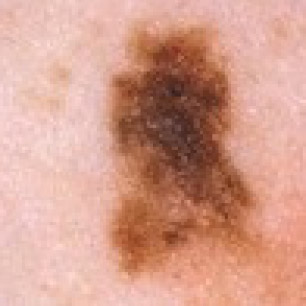
Melanoma
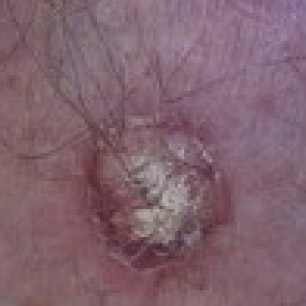
Squamous cell carcinoma (SCC)
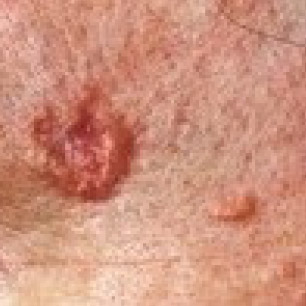
Basal cell carcinoma (BCC)
Adapted from About skin cancer at www.sunsmart.com.au/skin-cancer/about-skin-cancer
At a glance—Skin cancer statistics
Incidence of melanoma in Australia
(number of NEW cases per 100,000 people)

Sex
Mortality (deaths) in Australia due to melanoma
Table 1. Number of deaths in Australia due to melanoma from 1996 to 2018
|
|
Males |
Females |
Total |
|
** Australia 2018 (estimated) |
1331 (70%) |
574 (30%) |
1905 |
|
* Australia 2016 (estimated) |
1230 (69%) |
545 (31%) |
1770 |
|
** Australia 2013 |
1107 (69%) |
510 (31%) |
1617 |
|
* Australia 2012 |
1070 (68%) |
495 (32%) |
1560 |
|
** Australia 2011 |
1071 (69%) |
473 (31%) |
1544 |
|
Australia 1996 |
580 (64%) |
323 (36%) |
903 |
* AIHW Skin Cancer website
** Australian Government Cancer Australia website
Table 2. Number of deaths in Queensland due to melanoma from 2002 to 2016
|
|
Males |
Females |
Total |
|
Queensland 2016 |
209 |
101 |
310 |
|
**** Queensland 2013 |
287 |
103 |
390 |
|
*** Queensland 2012 |
214 |
97 |
311 |
|
*** Queensland 2011 |
225 |
93 |
318 |
|
*** Queensland 2002 |
132 |
64 |
196 |
*** Queensland Cancer Registry and Cancer Council Queensland (2014).
**** AIHW (2015). Cancer in Queensland, Incidence, Mortality, Survival and Prevalence, 1982 to 2013.
Table 3. Number of deaths and mortality rates for melanoma, by state and territory, 2008–2012
|
State or territory |
Total number |
Age-standardised |
|
Queensland |
1694 |
7.5 |
|
New South Wales |
2545 |
6.3 |
|
Western Australia |
703 |
6.2 |
|
Tasmania |
188 |
5.9 |
|
Australian Capital Territory |
95 |
5.9 |
|
Victoria |
1539 |
5.1 |
|
South Australia |
511 |
5.0 |
|
Northern Territory |
25 |
3.1 |
|
Total |
7300 |
6.1 |
Source: AIHW National Mortality Database.
The table shows that from 2008–2012:



Resources
Establishing introductory knowledge
Resources for years 7/8
Resources for years 9/10
Resources for years 11/12
All resources

